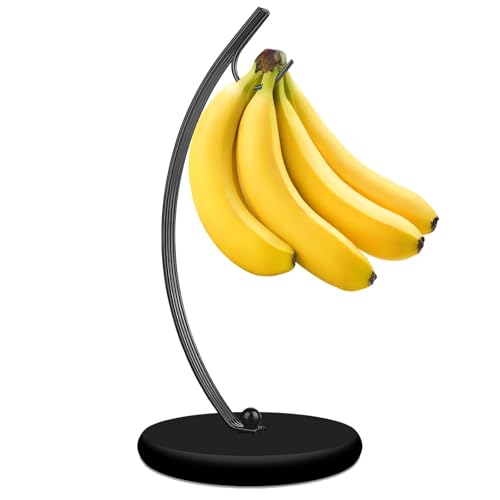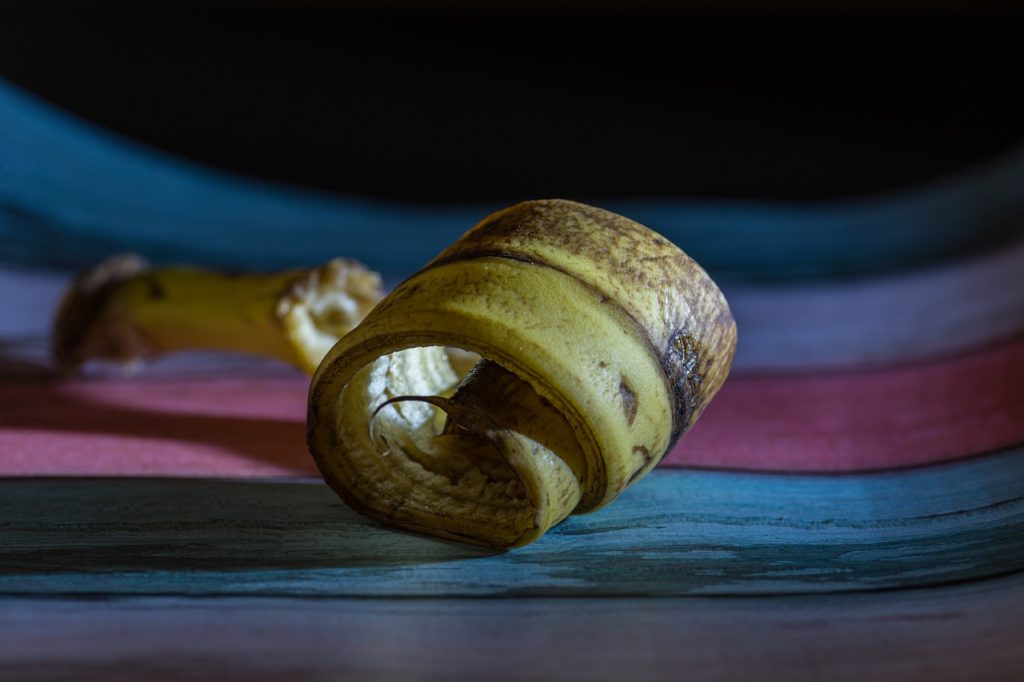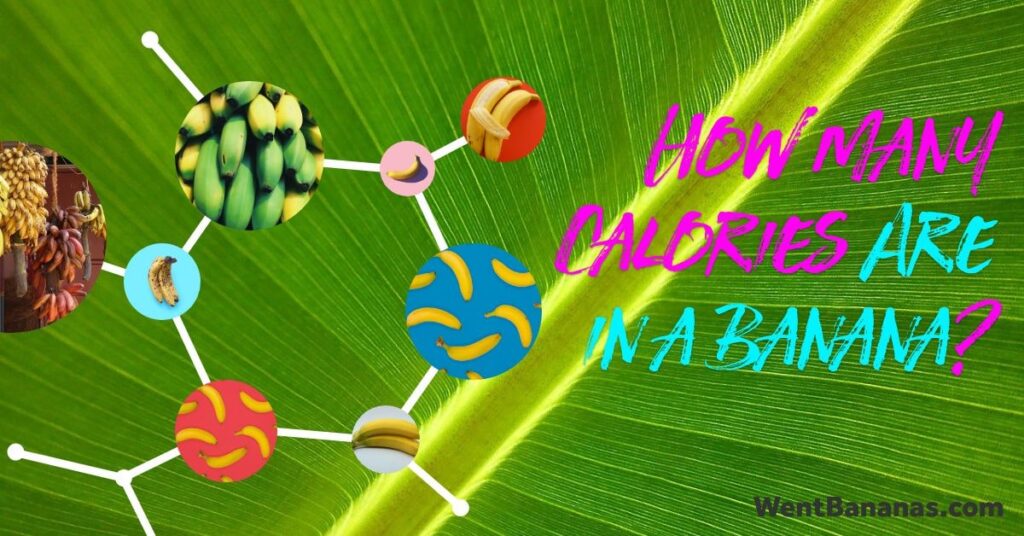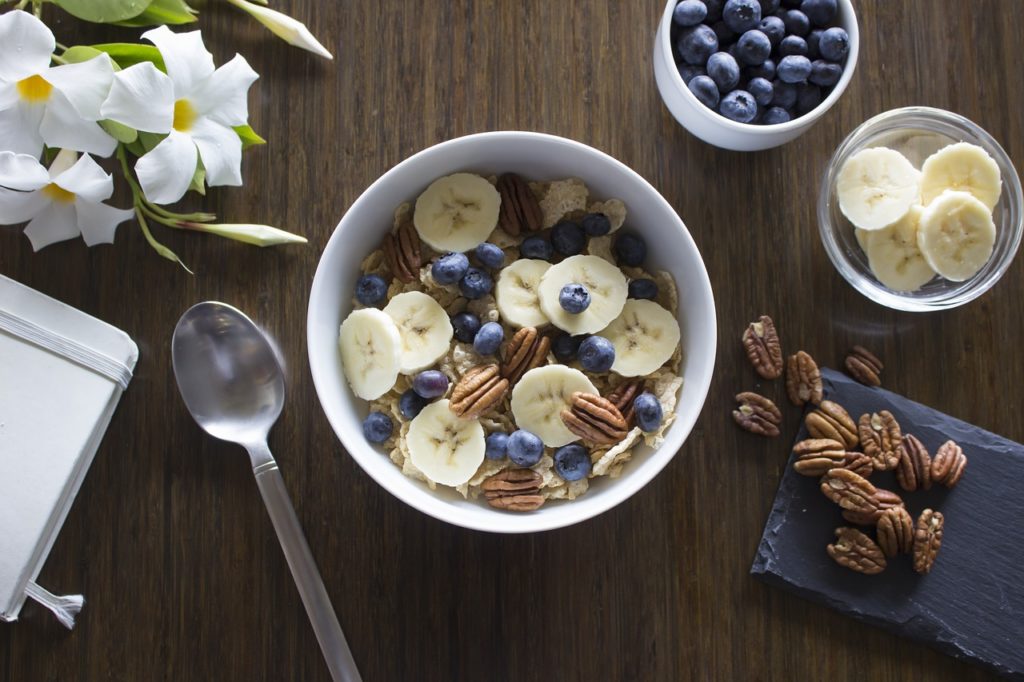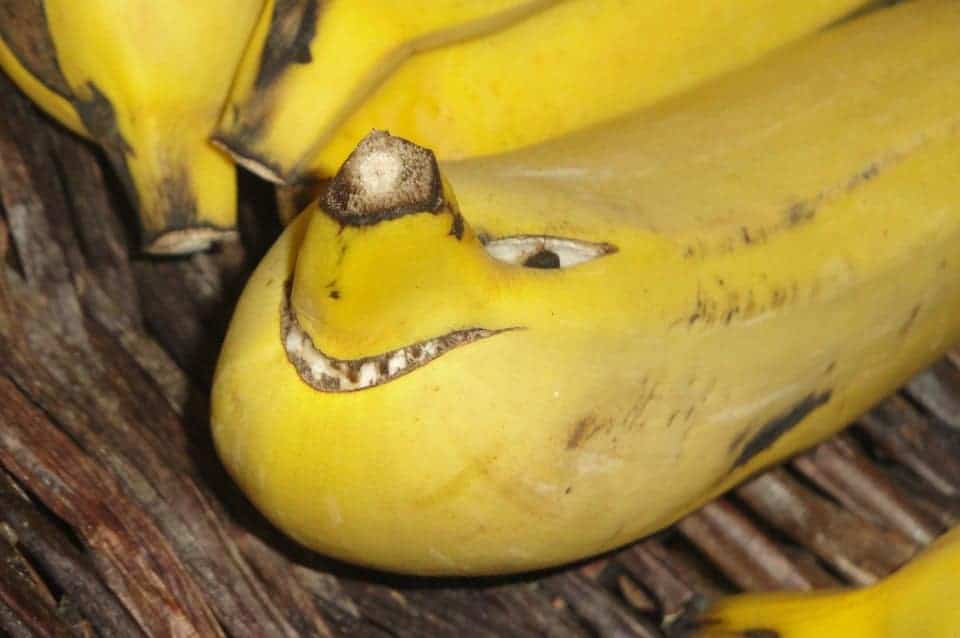Unpeeling the History and Health Benefits of Banana and Plantain Trees
The humble banana tree may seem like a simple plant, but its history and importance in various cultures dates back centuries. Whether you’re a fan of sweet bananas or savory plantains, there’s plenty to learn about these versatile trees.
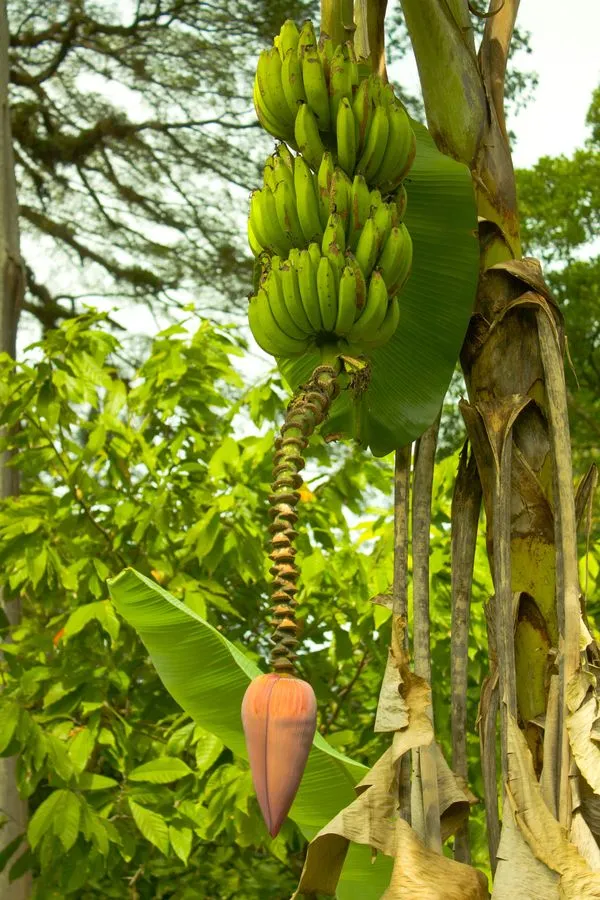
In this article, we’ll cover everything from the difference between a banana tree and a plantain tree to the health benefits and nutritional value of both. We’ll also offer tips on how to grow and care for your own banana or plantain tree.
So if you’re looking to expand your knowledge of this fascinating plant, keep reading!
What is a banana tree?

Banana trees are a fascinating and unique addition to any garden or tropical landscape. Contrary to popular belief, however, banana plants are not actually trees at all – they are giant herbaceous perennials.
These plants can grow up to 30 feet tall and produce large bunches of delicious fruit that we all know and love. But there’s more to banana trees than just their tasty fruit! In fact, the leaves of the plant can be used for everything from wrapping food to creating textiles.
Banana plants require a warm climate with plenty of sunlight and regular rainfall. They also need well-drained soil that’s rich in organic matter. If you’re looking to grow your own banana tree, be prepared for a bit of work! These plants require regular care and maintenance, including pruning dead leaves and ensuring proper irrigation.
Despite the effort required, growing your own banana tree can be incredibly rewarding. Not only will you have access to fresh fruit right in your backyard (or balcony), but you’ll also have a unique conversation starter that’s sure to impress guests.
So if you’re interested in learning more about these fascinating plants, consider researching different varieties and finding one that suits your needs. Whether you’re looking for an edible addition or simply want an eye-catching plant for your garden, there’s sure to be a banana tree out there with your name on it!
What is the difference between a banana tree and a plantain tree?
Banana trees and plantain trees are often confused with each other due to their similar appearance. However, there are distinct differences between the two that set them apart.
Firstly, the fruit of a banana tree is typically sweeter and softer than that of a plantain tree. Bananas are usually consumed raw or used in desserts, while plantains are commonly cooked before consumption.
Secondly, banana trees have a shorter lifespan than plantain trees. Banana plants can produce fruit within 12-18 months of planting and will typically die after around six years. Plantain plants take longer to produce fruit but can live for up to 25 years.
Another difference between the two is their usage in different cultures. Bananas are widely used in tropical regions such as South America and Southeast Asia for both food and medicinal purposes. Meanwhile, plantains play an important role in African and Caribbean cuisines as they are often used as a staple food source.
It’s also worth noting that while both banana trees and plantain trees belong to the Musaceae family, there are several different species within this family which can affect their growth patterns and overall characteristics.
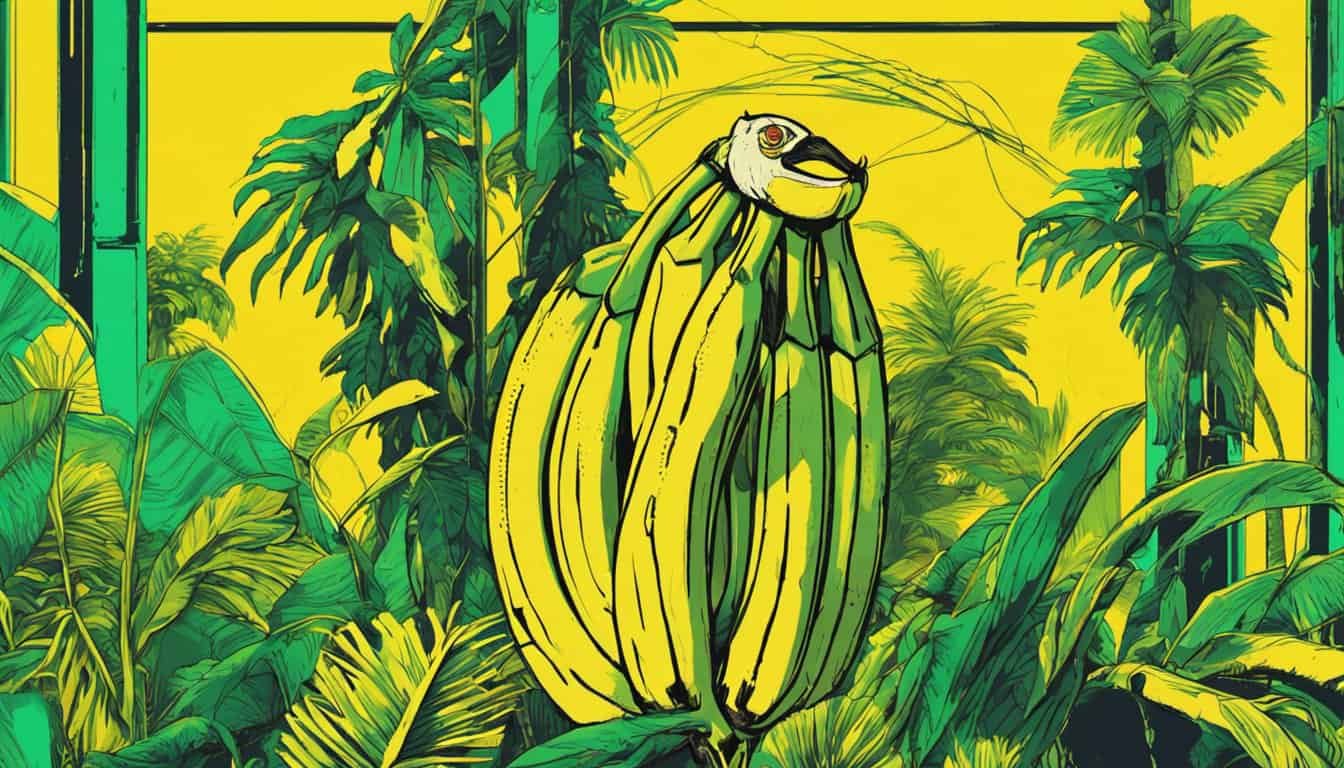
In conclusion, while banana trees and plantain trees may look similar at first glance, there are significant differences between the two that set them apart in terms of taste, usage, lifespan, cultural significance, and species variation.
The history and importance of bananas in various cultures.
Bananas have a long and fascinating history, with evidence of their cultivation dating back thousands of years. This versatile fruit has played an important role in the diets and cultures of people around the world.
In many cultures, bananas are seen as a symbol of fertility and prosperity. In Hindu mythology, Lord Vishnu is often depicted holding a bunch of bananas, while in Chinese folklore, they are believed to bring good luck and fortune.
Bananas have also been used for medicinal purposes throughout history. In traditional Ayurvedic medicine, they are believed to help with digestive issues and promote overall health. They are also known to be rich in potassium, which can help regulate blood pressure.
Today, bananas continue to be an important part of many diets around the world. They are a staple food for millions of people and play a crucial role in addressing food insecurity in some regions.
Despite their importance, however, bananas have faced numerous challenges over the years including disease outbreaks that threaten entire crops. It is crucial that we continue to invest in research and development efforts aimed at protecting this beloved fruit for future generations to come.

The health benefits and nutritional values of bananas and plantains.
Bananas and plantains are not only delicious and versatile, but they also offer numerous health benefits and nutritional value. These fruits are packed with essential vitamins and minerals that can improve your overall well-being.
One of the most significant benefits of bananas and plantains is their high potassium content. Potassium is essential for maintaining healthy blood pressure levels, promoting proper muscle function, and supporting heart health. Additionally, these fruits are rich in fiber, which aids in digestion and helps regulate blood sugar levels.
Bananas also contain vitamin C, which boosts the immune system and promotes healthy skin. They also have a low glycemic index, making them an ideal snack for those watching their blood sugar levels.
Plantains provide similar nutritional benefits to bananas but have slightly higher amounts of vitamins A and C. They also have a lower sugar content than bananas, making them an excellent option for those looking to reduce their overall sugar intake.
Overall, both bananas and plantains should be included as part of a healthy diet due to their numerous health benefits. Whether you enjoy them on their own or incorporate them into recipes such as smoothies or baked goods – these fruits offer a delicious way to boost your nutrition intake!
Tips on growing and caring for banana or plantain trees.
Growing and caring for banana or plantain trees can be a rewarding experience for those looking to add some tropical flavor to their garden. These hardy plants are relatively easy to care for, but attention to detail is key in ensuring a healthy and fruitful harvest.
Firstly, it’s important to choose the right location for your banana or plantain tree. These plants require plenty of sunlight and well-drained soil, so find an area in your garden that receives at least six hours of direct sunlight per day.
Next, make sure you’re planting the right variety of banana or plantain tree for your region. Different varieties have different temperature requirements, so check with your local nursery or gardening expert before making a purchase.
Once you’ve planted your tree, regular watering is essential. Bananas and plantains require moist soil, but overwatering can lead to root rot. It’s best to water deeply once a week rather than shallowly more often.
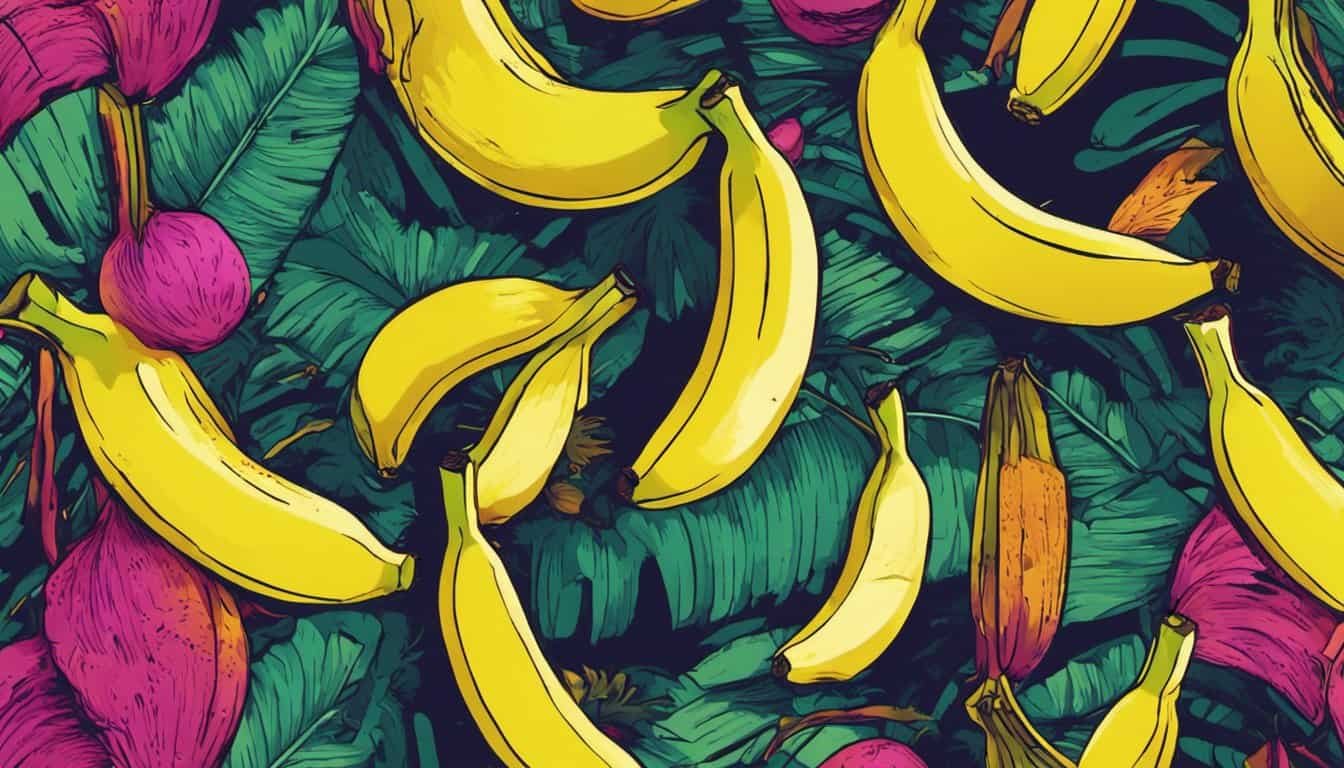
Fertilizing is also important when it comes to growing healthy banana or plantain trees. Use a balanced fertilizer every four months during the growing season (spring through fall) to ensure optimal growth.
Finally, keep an eye out for pests and diseases that can affect bananas and plantains. Common issues include spider mites, aphids, and fungal infections such as Panama disease. Early detection is key in preventing these problems from spreading throughout your garden.
By following these tips on growing and caring for banana or plantain trees, you’ll be well on your way to enjoying delicious fruit straight from your own backyard!
Check out our other articles to find out even more about banana.
Bananas and plantains are a staple in many different cultures, dating back centuries. From their health benefits to the tips on how to grow them, there is much to learn about these versatile trees. Whether you’re looking for nutritional facts or simply want some insight into the history of banana trees, this article has given an overview of everything there is to know. Now it’s time for you to check out our other articles and find out even more about bananas!



